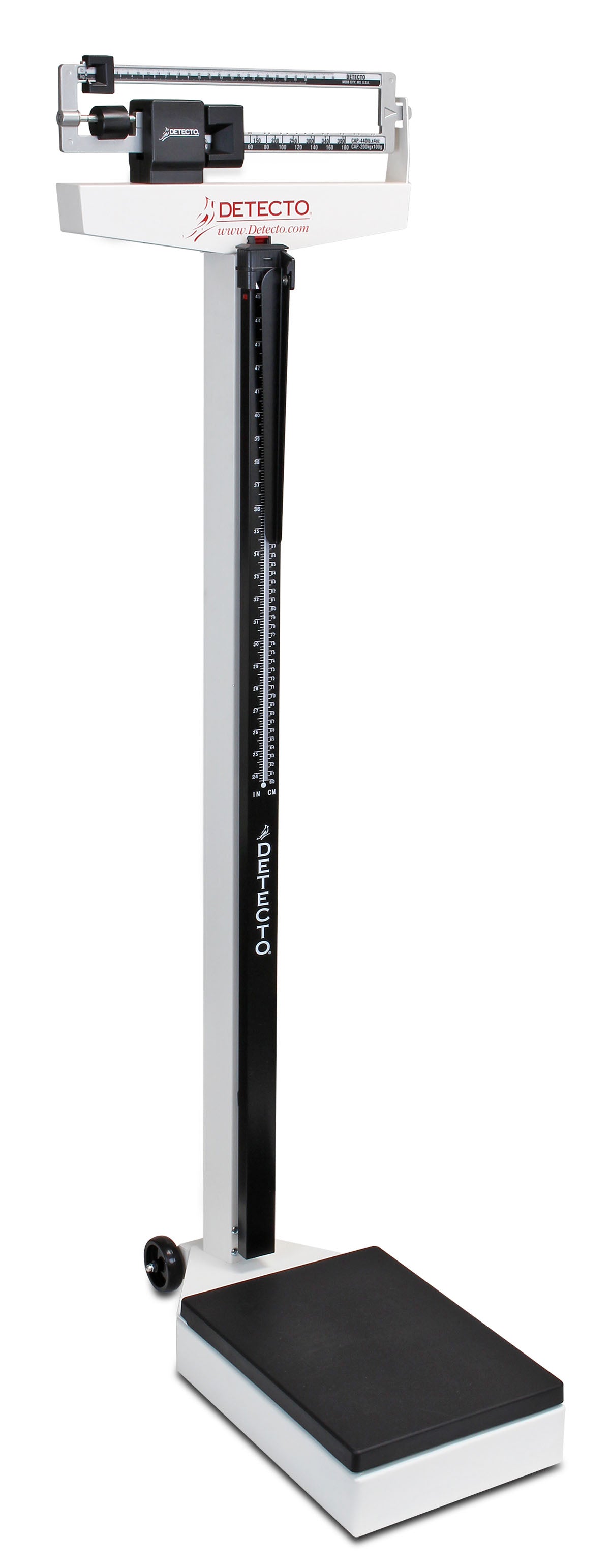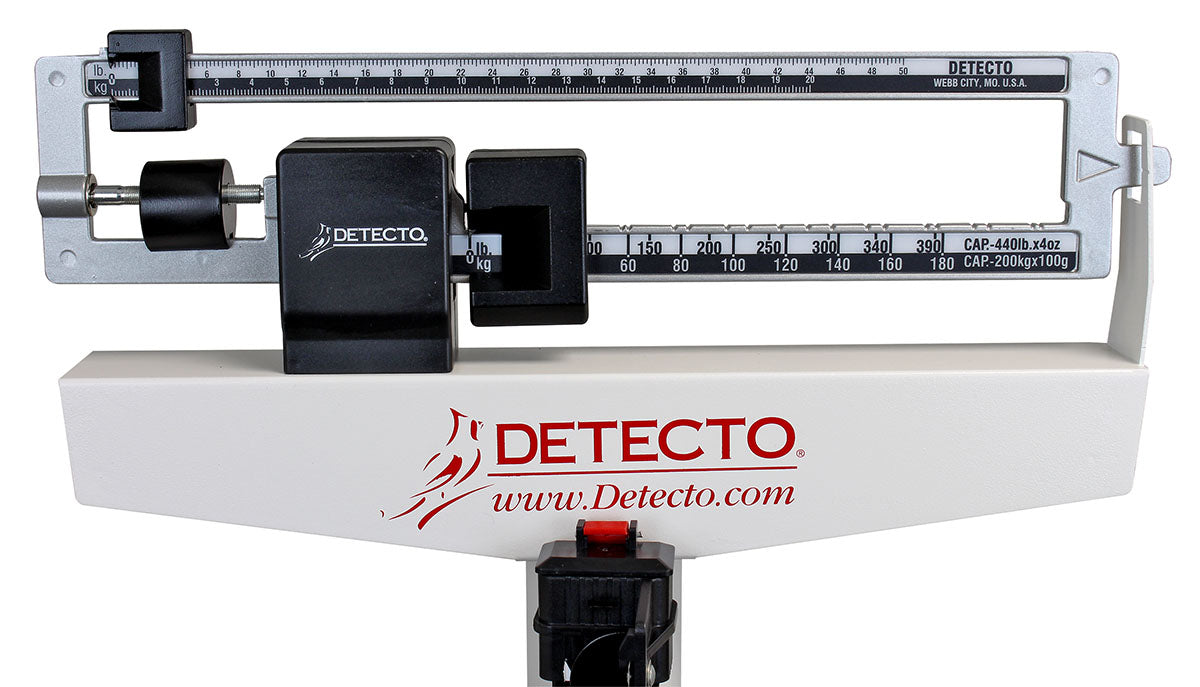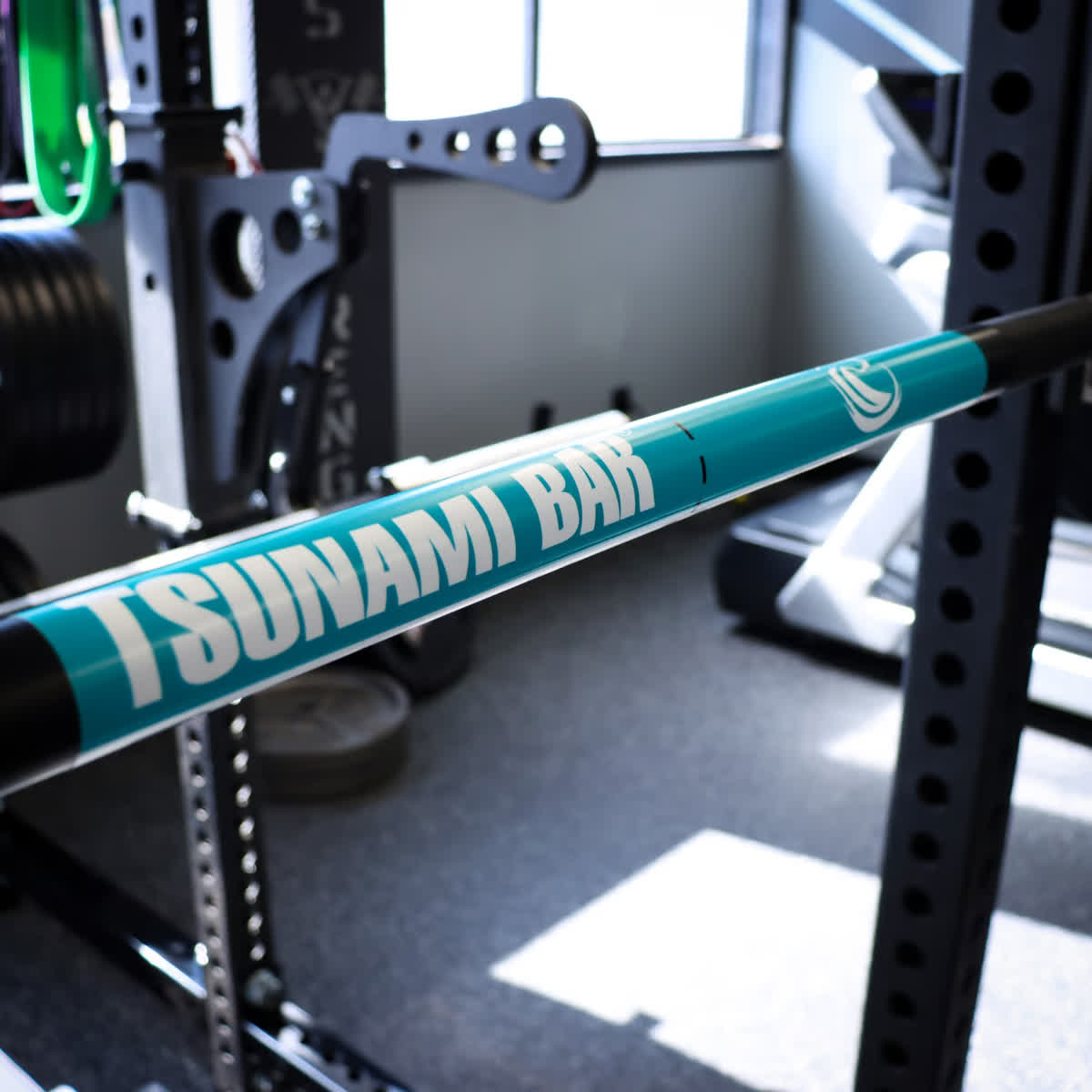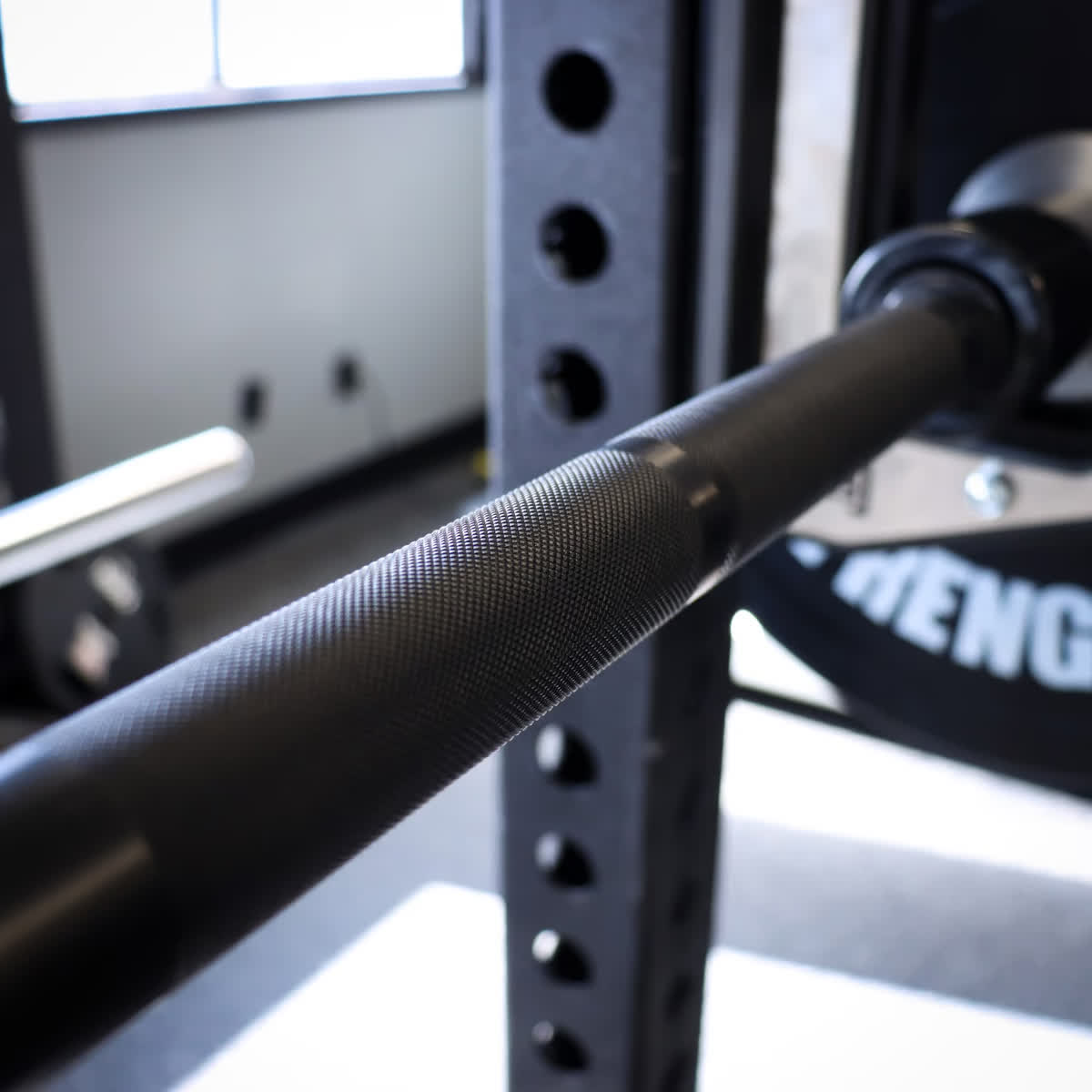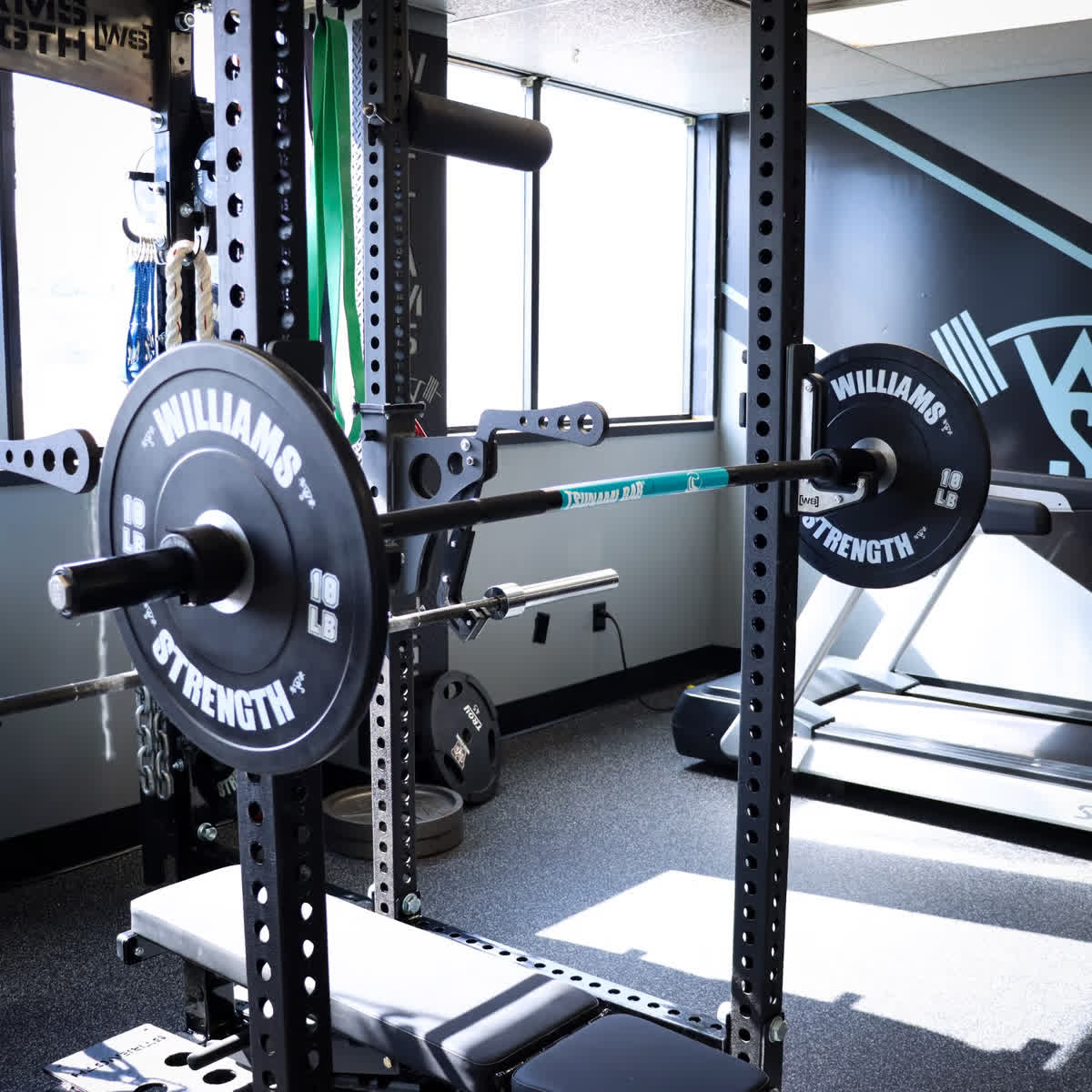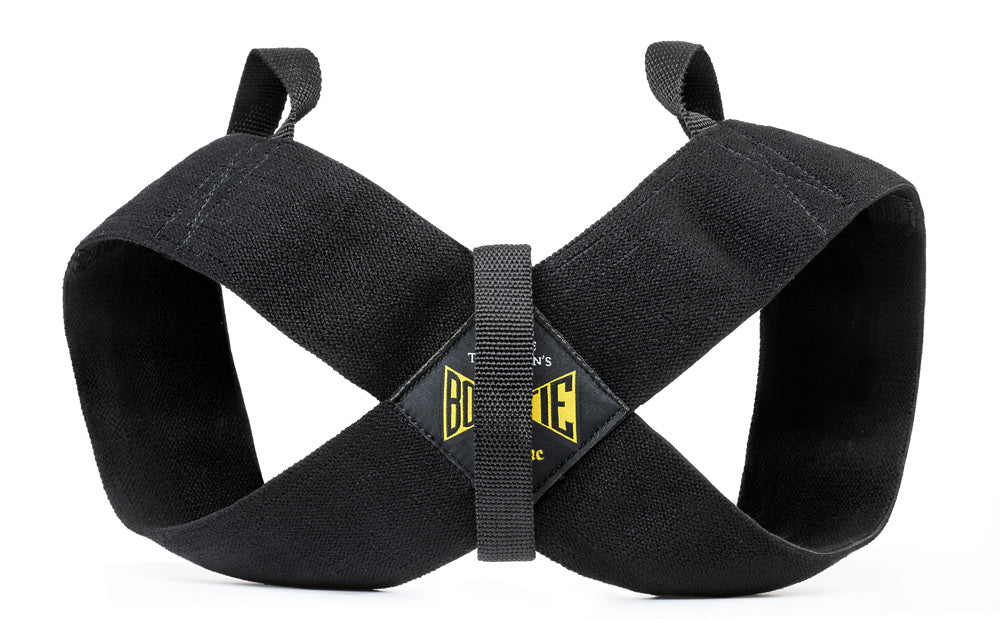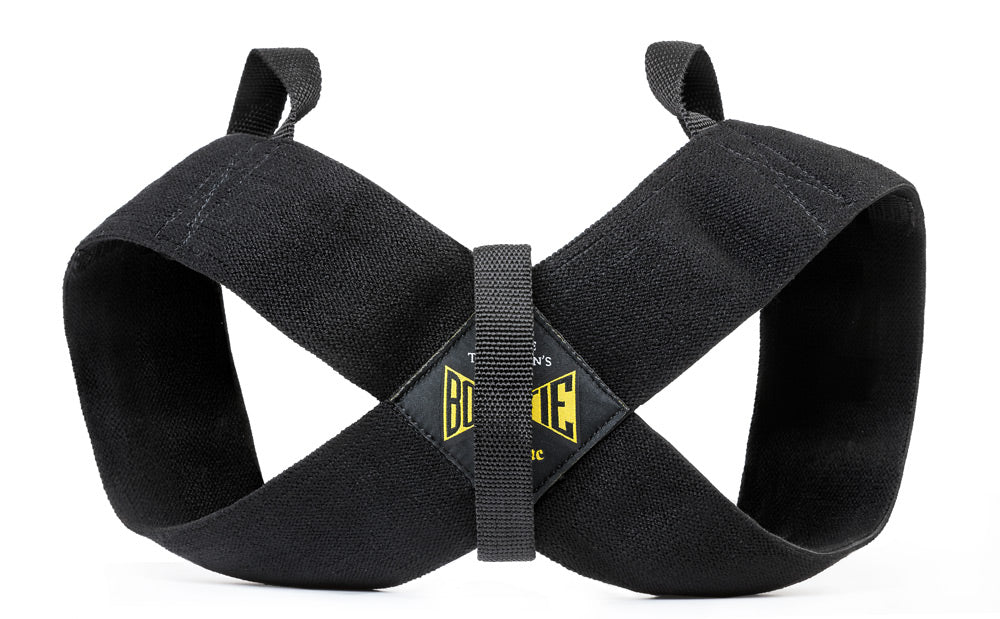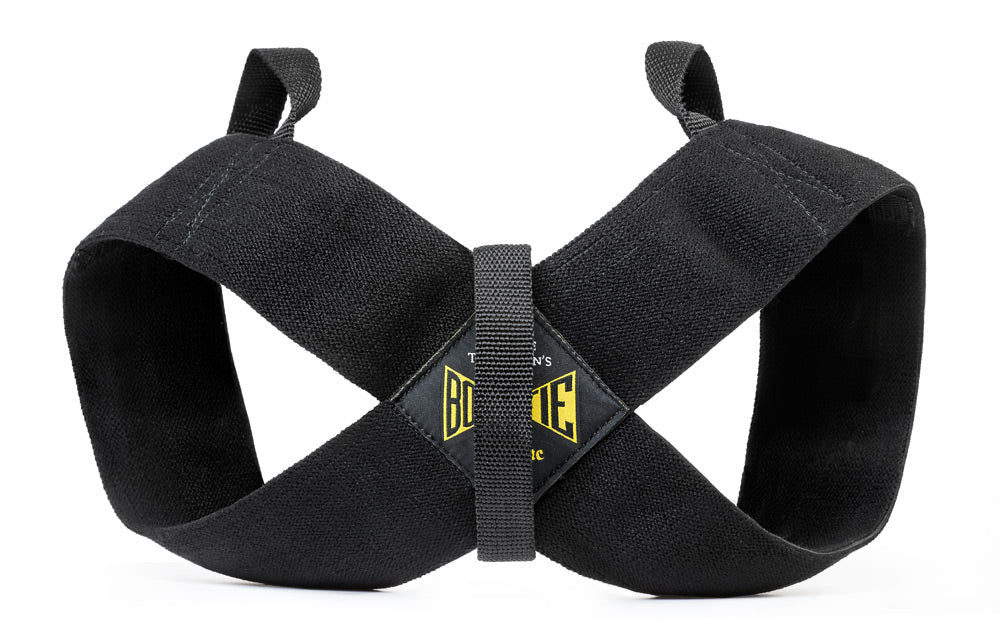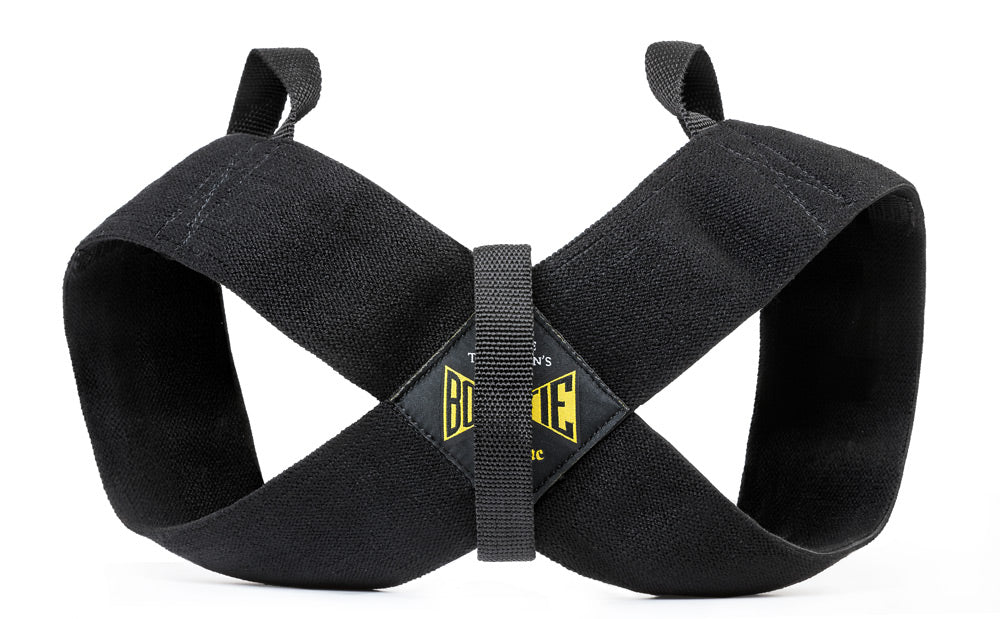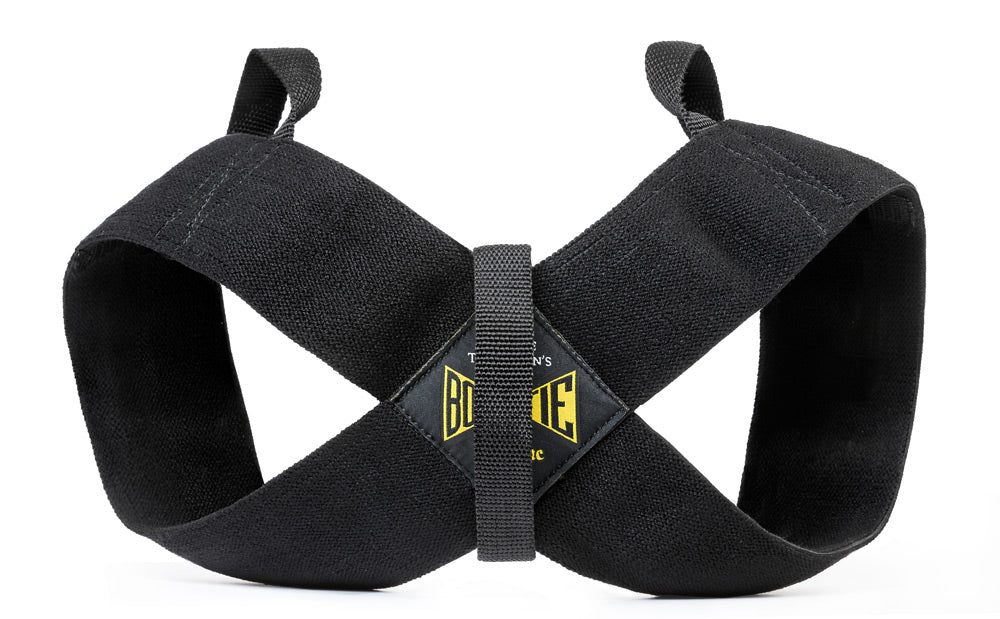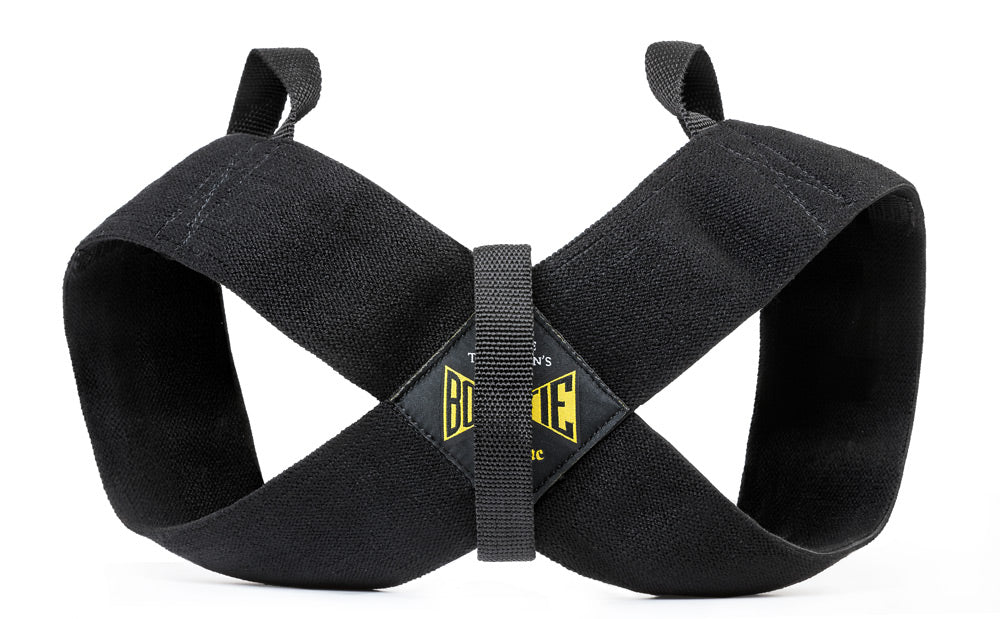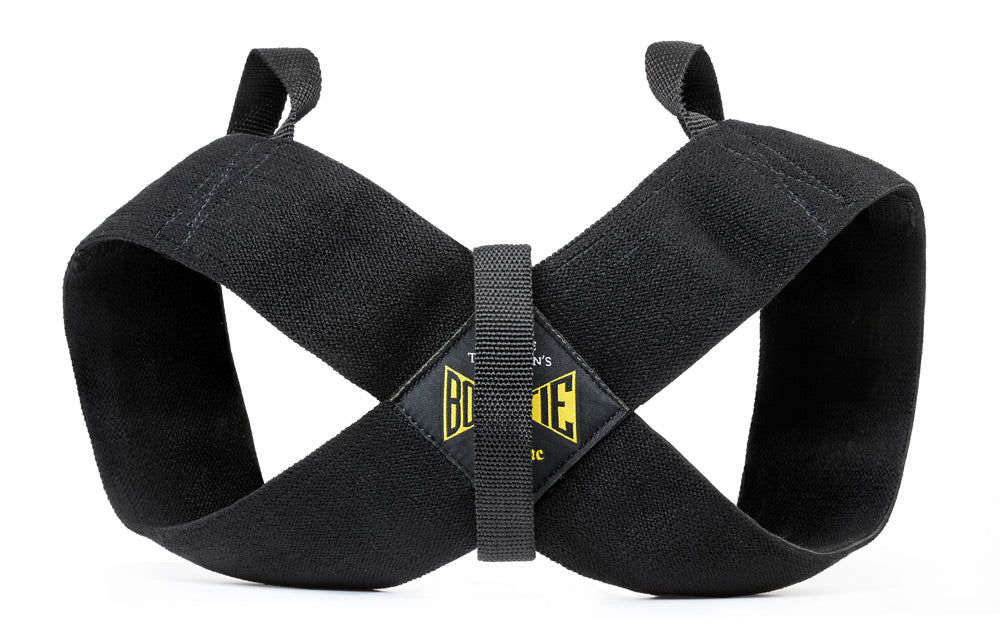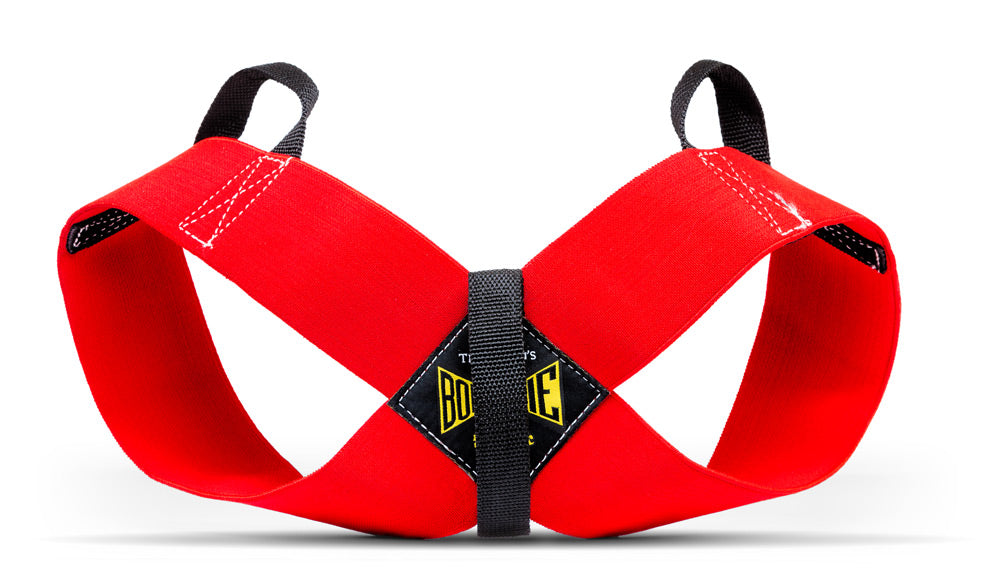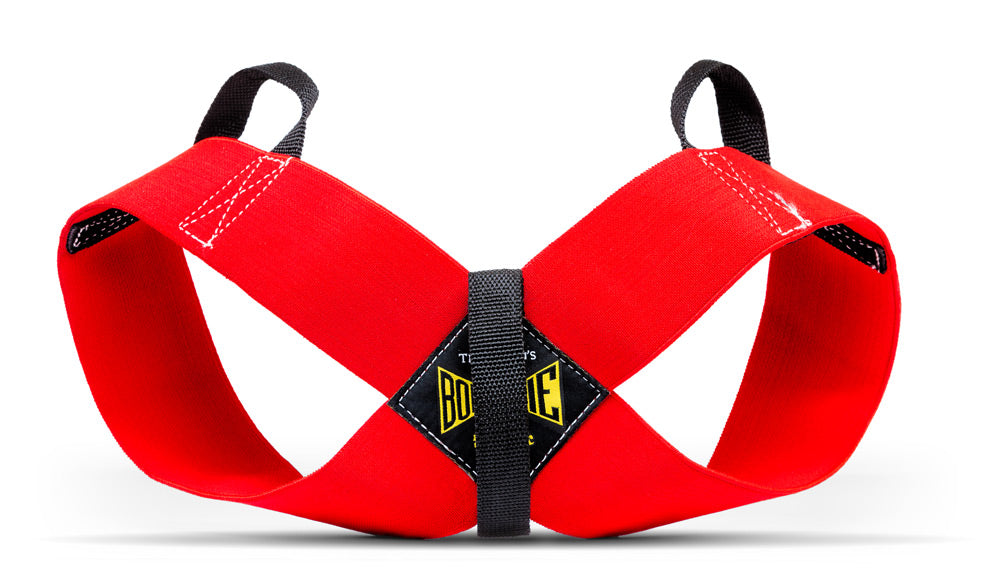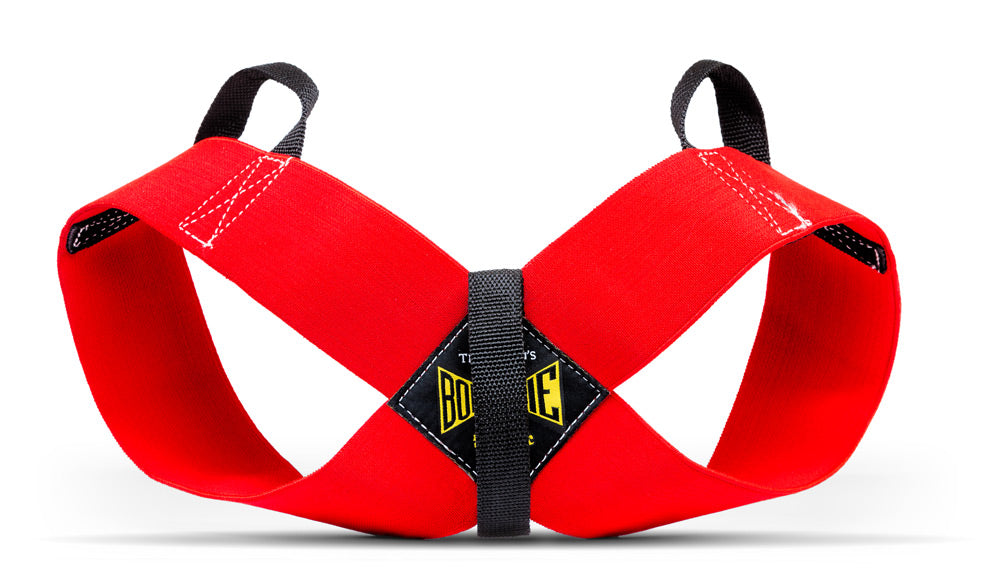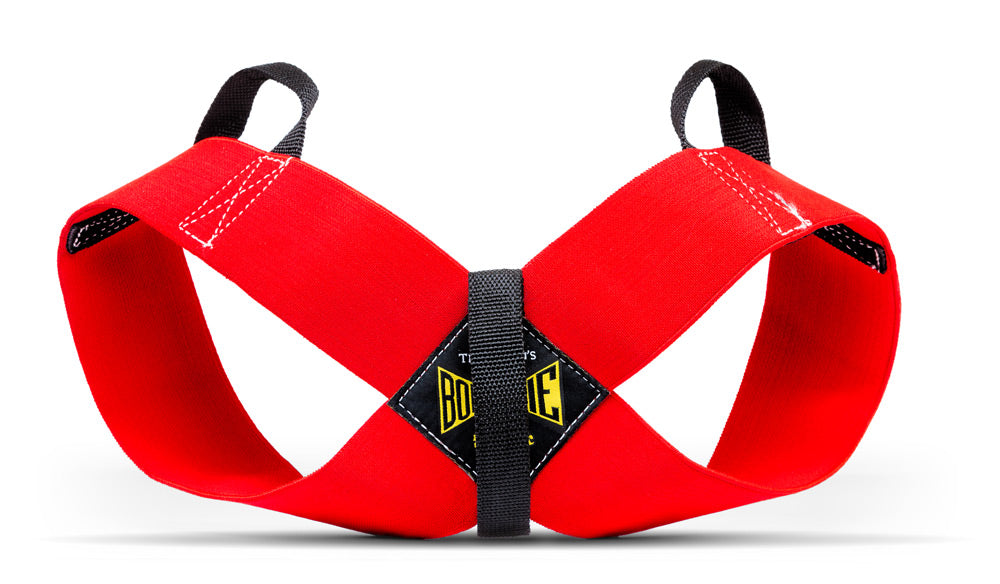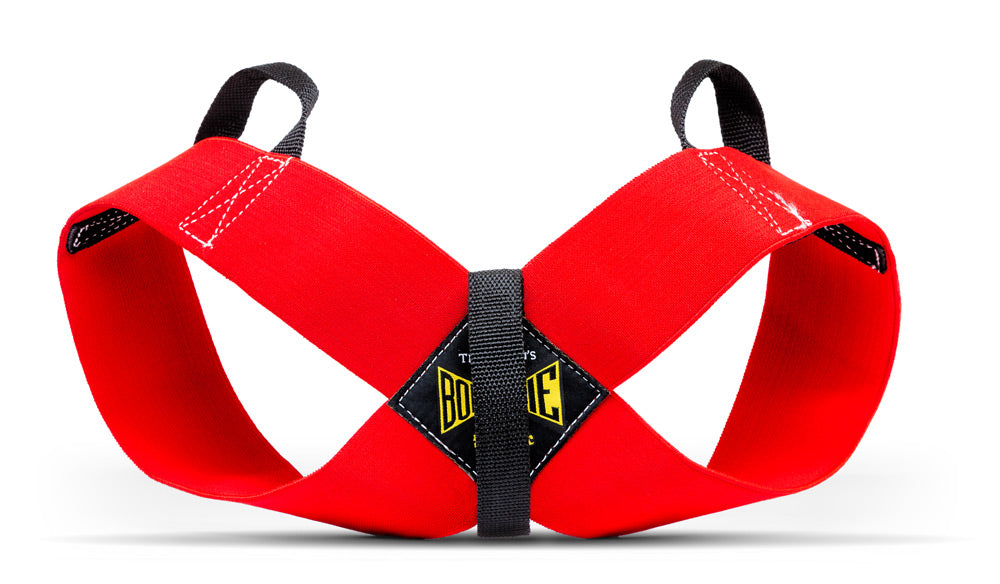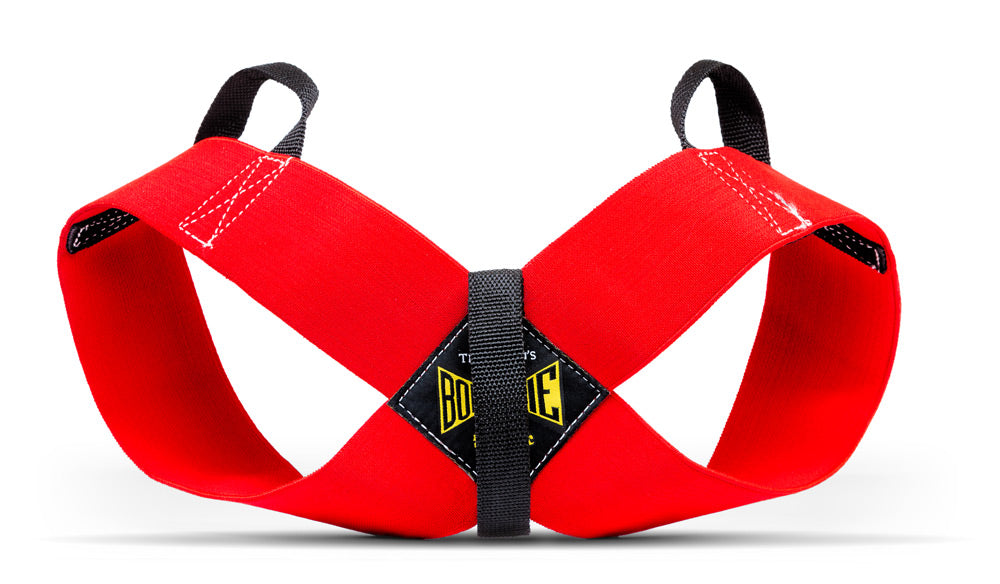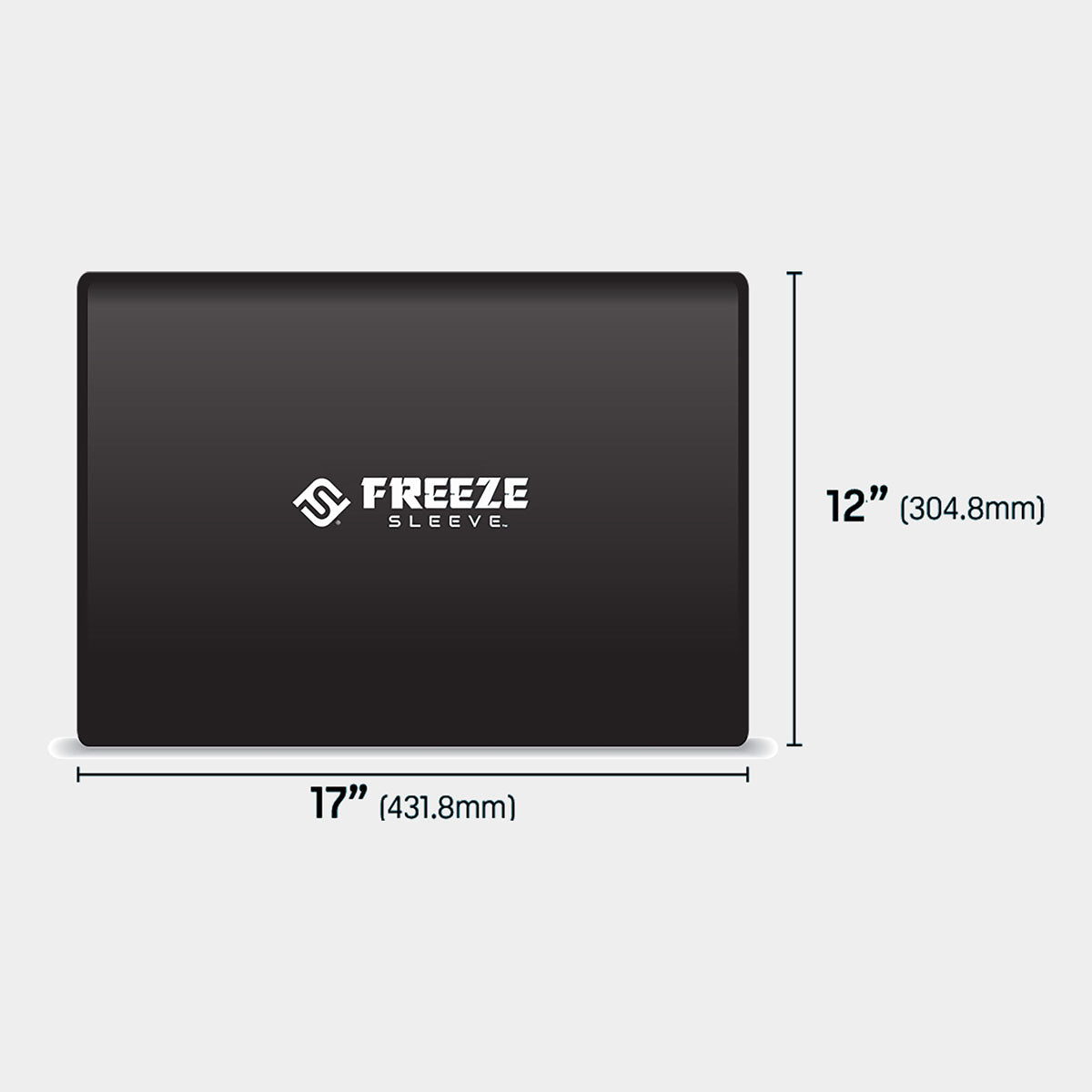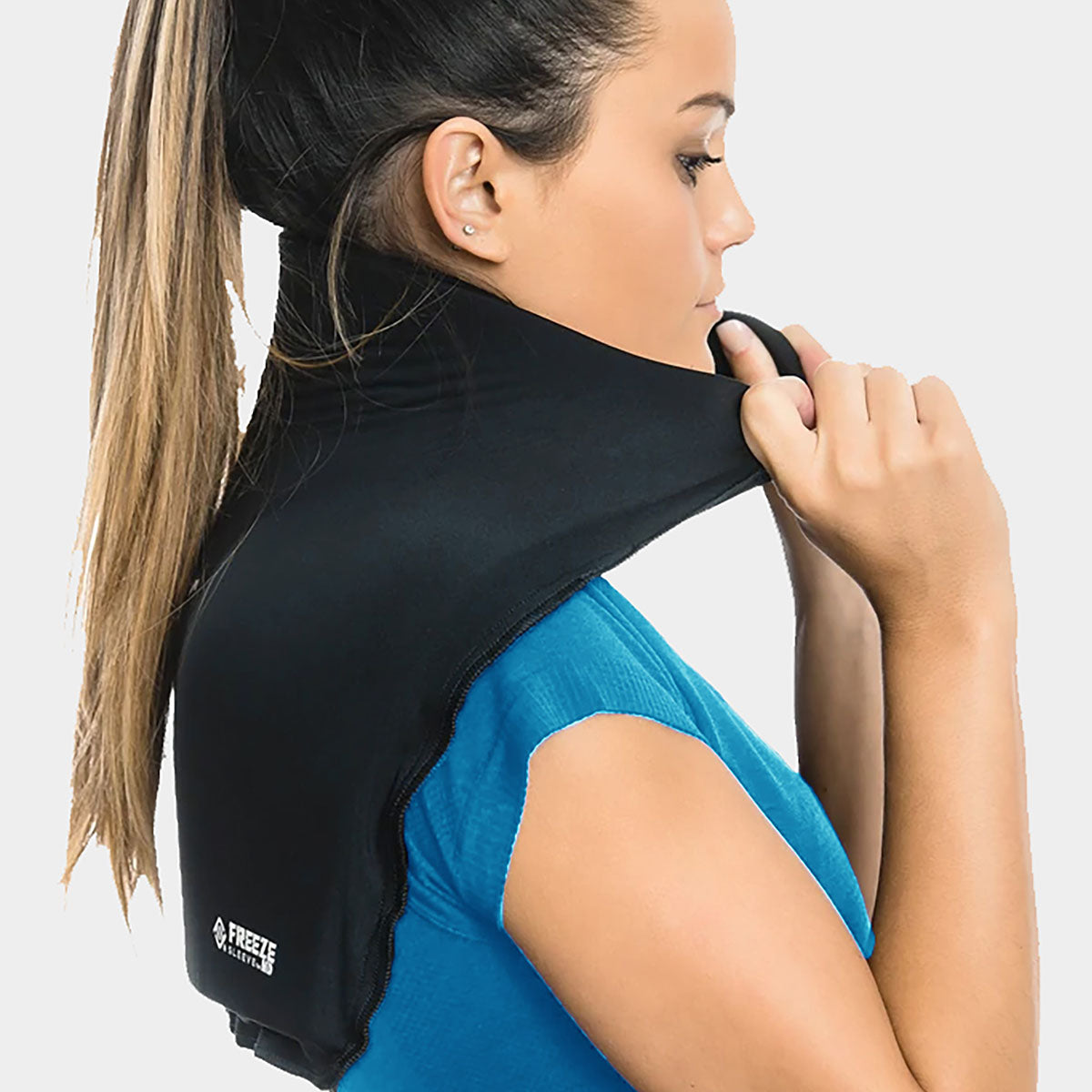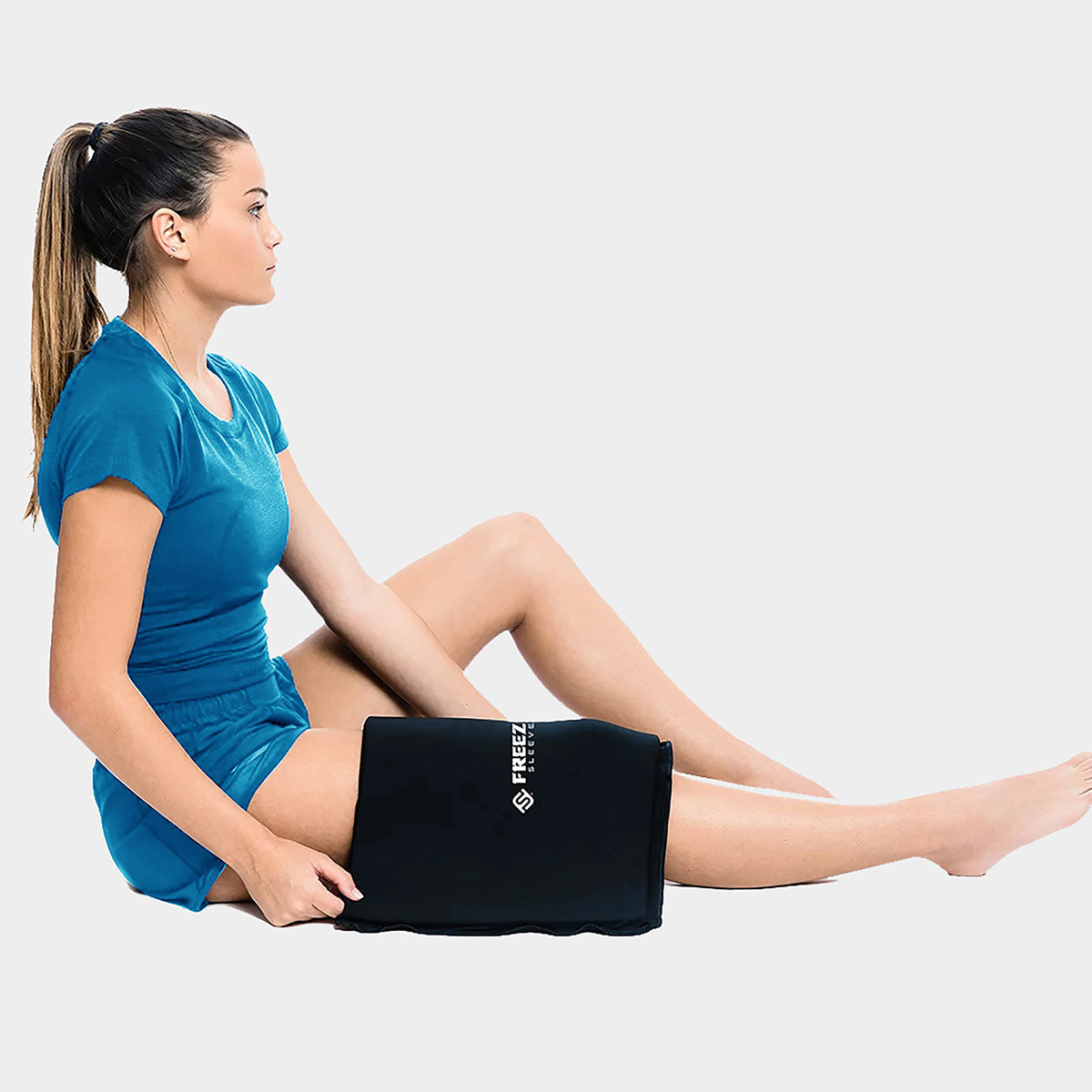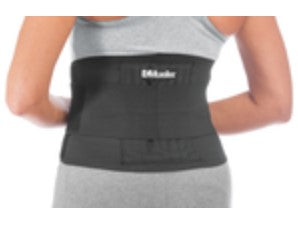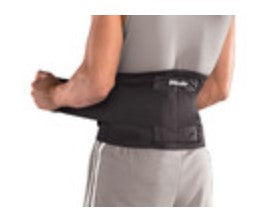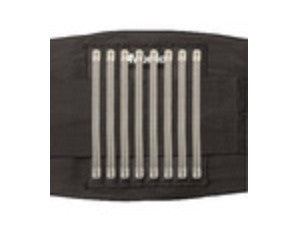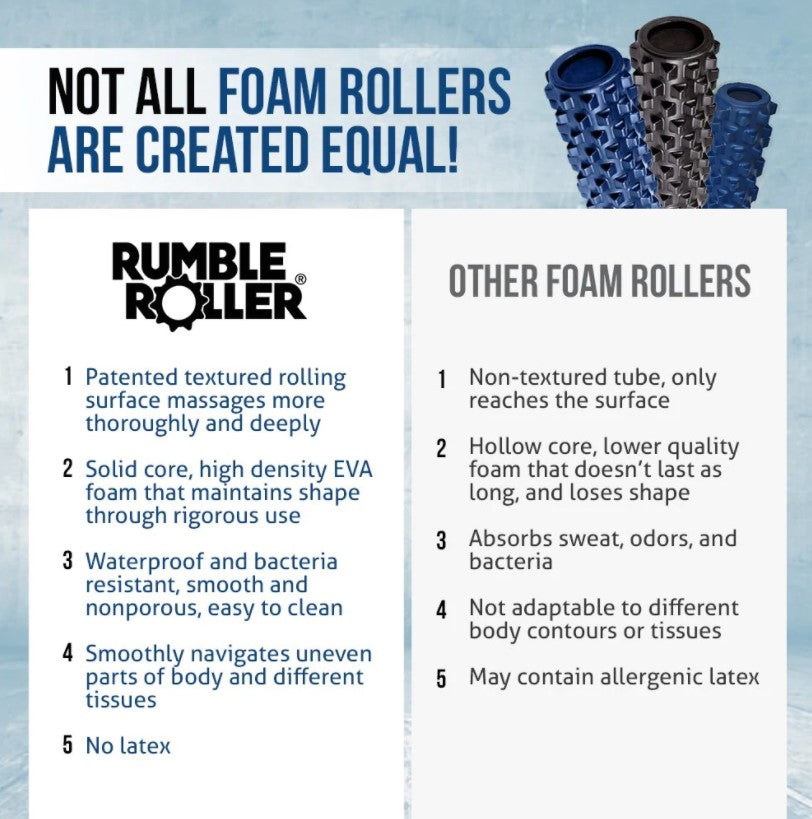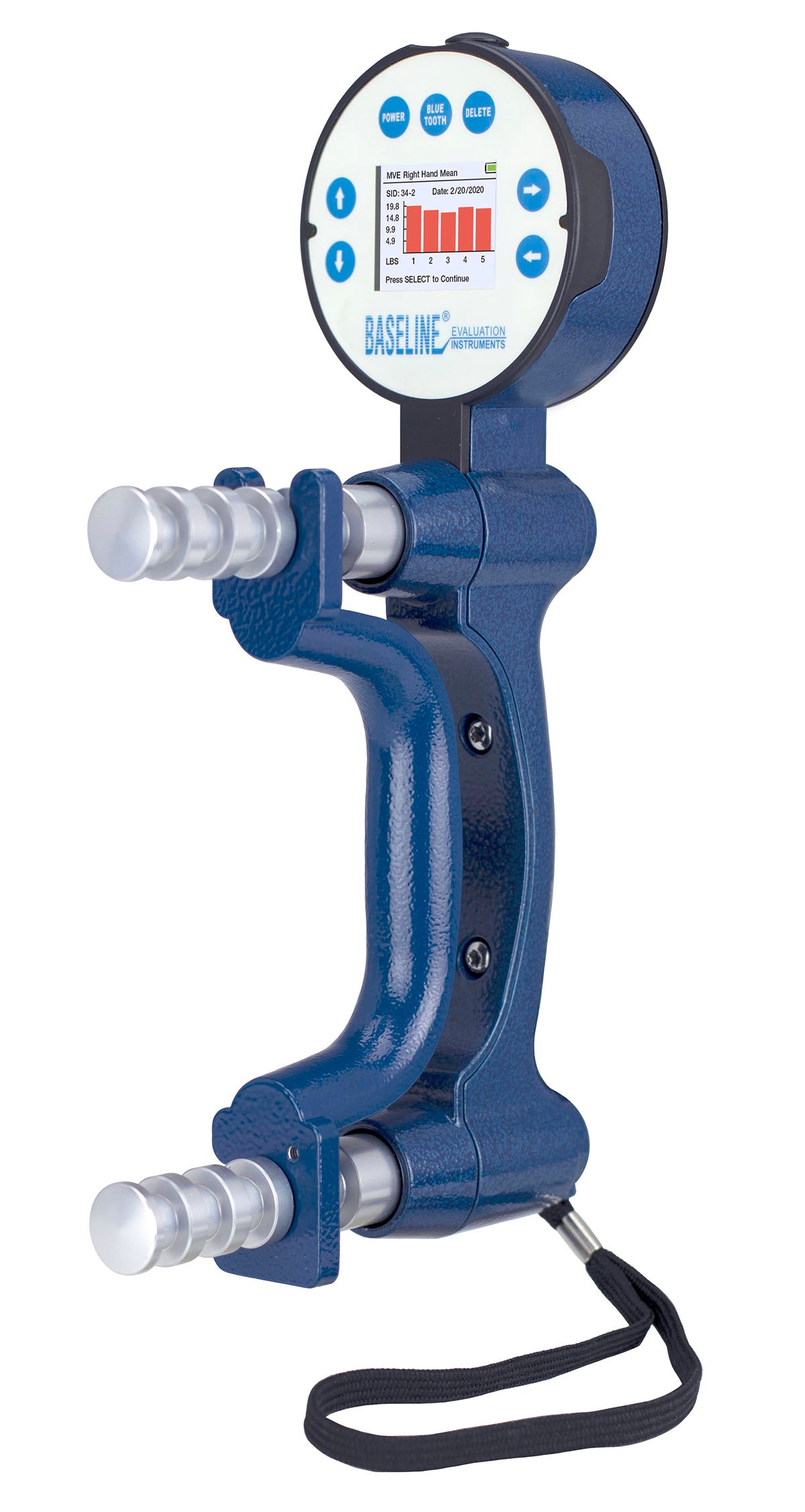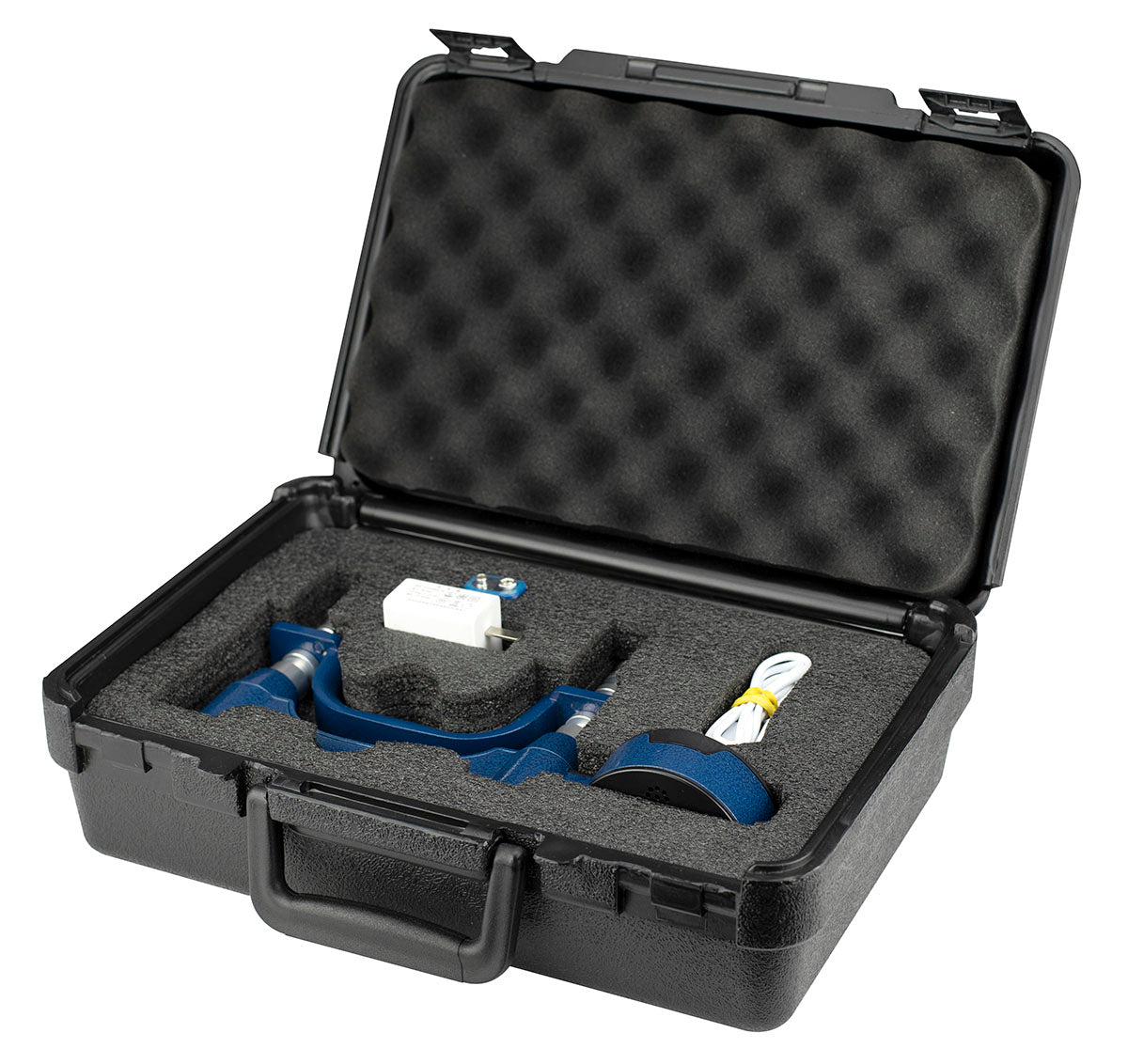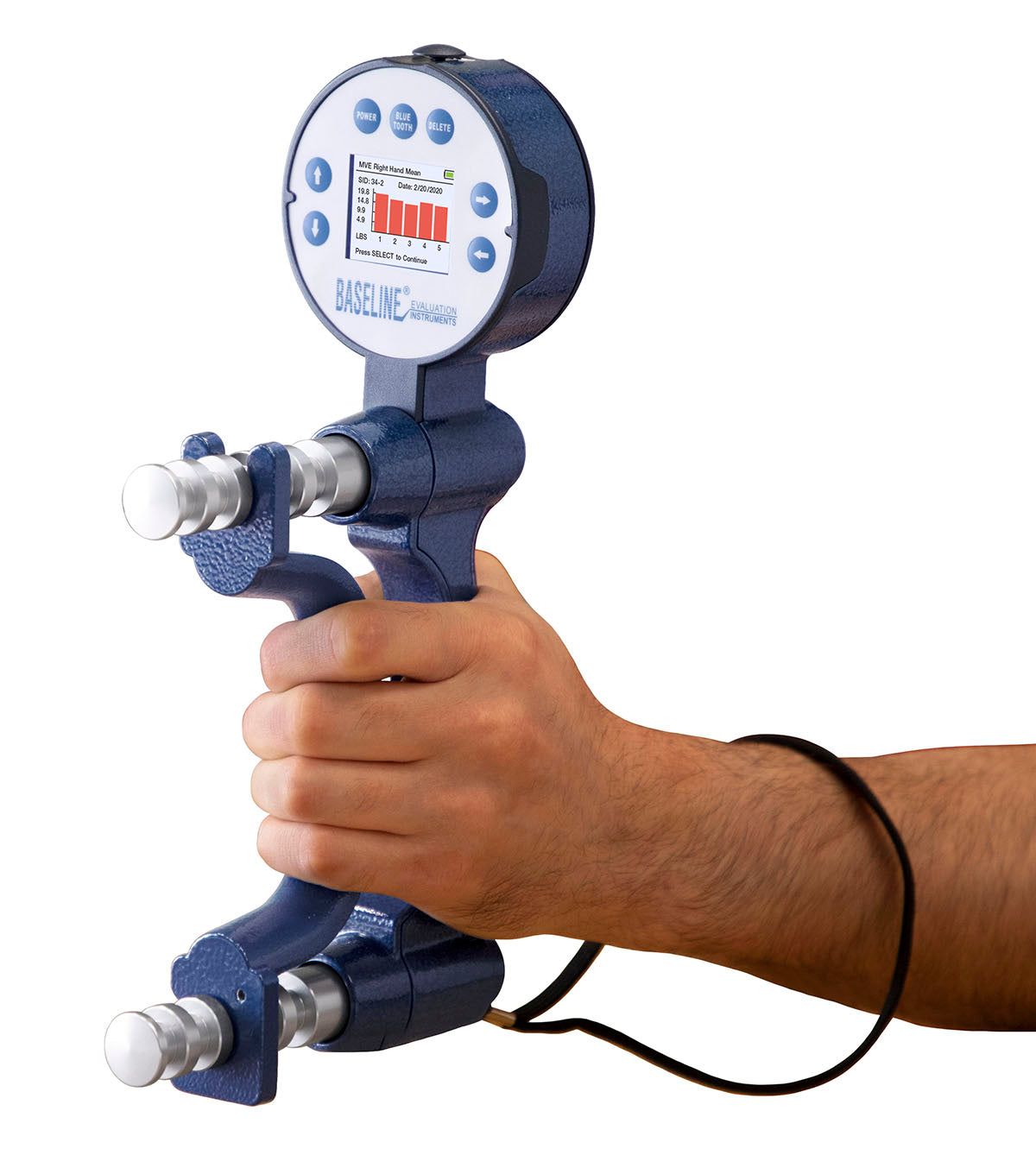First off, I want to make it abundantly clear that I am not a huge proponent of rotator cuff strengthening — or the strengthening of any muscle or muscle group that’s earmarked for stability, for that matter (“glutes” and “core,” for example).
If the desired adaption is stability, the specificity of the imposed demands matters.
That being said, I don’t want to totally discount the role of strength and our body’s hubs of stability: shoulder, hip, and spine. There is a place to add resistance to the muscle action of the core, rotator cuff, and glutes. This can be a worthwhile endeavor for people who are either:
- Of a young training age (novice lifters);
- Have a poor range of motion; or
- Rehabbing an injury
One rule that will find you well to understand in the continuum of your training is the principle behind force curves and resistance profiles. A strength curve, simply put, is a way of charting where a muscle exerts the most and least amount of force throughout its range of motion.
To review, muscles have fully lengthened, mid-range, and fully shortened positions and obvious gradations in-between. But based on this, we can accurately predict a muscle will be weaker in both fully lengthened and fully shortened and stronger in the mid-range positions.
A resistance profile will tell us how
a machine,
dumbbell, or in this case,
a resistance band, will change its force demands through the said range.
This is why machines have cams on them to adjust and calibrate for the exertion of force (resistance profile) through the arch of the movement being trained. Ideally, a good cam will make the resistance lighter where we’re weak (lengthened and shortened) and harder where we’re strong (mid-range).
Utilizing these principles, we can now think of how people commonly train muscles of the rotator cuff with bands and ask ourselves:
“Does the resistance profile of the bands, match the strength curve of the muscle?”When setting up to strengthen the rotator cuff with
bands, the bands are usually anchored at elbow height as the lifter assumes a position to have the resistance of the band challenge external rotation of the shoulder.
Let’s think of the infraspinatus, for example, our strongest external rotator of the shoulder, and one of the largest muscles of the rotator cuff.
When we use a band to add resistance in an attempt to strengthen the action of external rotation, the band’s resistance profile is applying very minimal force at the beginning of the movement (let’s call this the fully lengthened position), and then the resistance of the band is going to increase as we move from the known weakened positioned of fully lengthened, then into the mid-range of the movement (where we’re strongest), and then the band tension is at its highest as we approach the fully shortened position of the infraspinatus where we are weak again.
WATCH: Should Beginners Train with Bands?
This is not a harmonious exercise; the proper resistance profile for strengthening external rotation should be as follows:
- Less resistance at fully lengthened
- More resistance at mid-range
- Less resistance at fully shortened
bands, albeit a simple, portable tool with tons of applications, do not work this way, and therefore, should be discarded when being attempted to be utilized for rotator cuff strengthening.

















